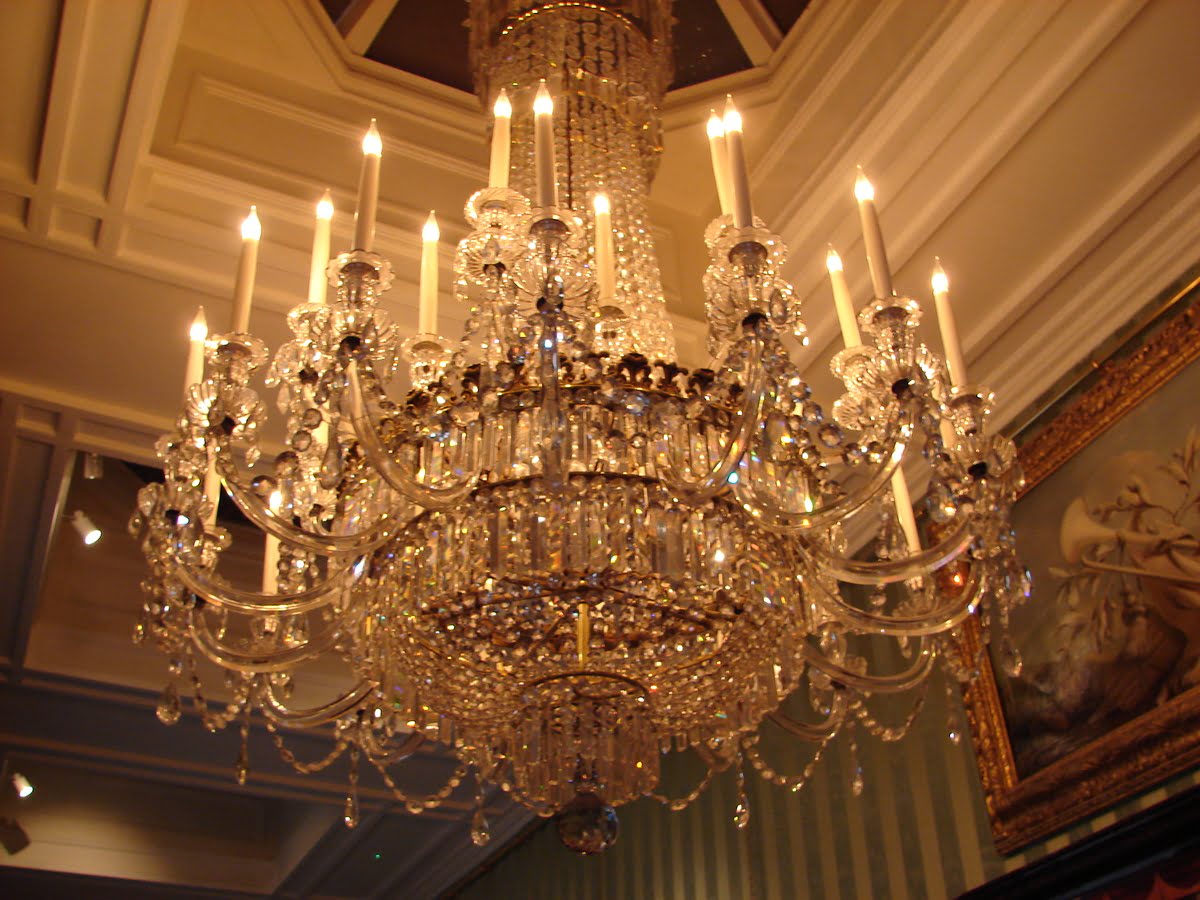

Furniture
When Was The Chandelier Invented
Modified: February 6, 2024
Discover the fascinating history of chandeliers! Learn when the chandelier, a beautiful and iconic piece of furniture, was first invented and how it has evolved over time.
(Many of the links in this article redirect to a specific reviewed product. Your purchase of these products through affiliate links helps to generate commission for Storables.com, at no extra cost. Learn more)
Introduction
Welcome to the fascinating world of chandeliers! These timeless lighting fixtures have been adorning grand halls, luxurious homes, and elegant spaces for centuries. With their dazzling beauty and radiant glow, chandeliers add a touch of opulence and sophistication to any room. But have you ever wondered when the chandelier was invented?
Lighting has always been an essential part of human civilization. From the early days when our ancestors relied on fire for illumination to the modern era of electricity, the way we light our surroundings has evolved significantly. And at the heart of this evolution lies the chandelier.
The chandelier, derived from the French word “chandelle” meaning candle, has a rich history that dates back centuries. It has witnessed transitions in design, materials, and functionality, making it a beloved fixture that has stood the test of time.
In this article, we will delve into the captivating history of the chandelier, exploring its early origins, its transformation over the years, and the various styles and designs that have emerged along the way. So, let’s embark on this illuminating journey to discover when the chandelier first lit up our world.
Key Takeaways:
- The chandelier has a rich history dating back centuries, evolving from simple candle-lit fixtures to opulent crystal designs, symbolizing elegance and luxury throughout the ages.
- Modern chandelier designs incorporate innovative materials, sleek lines, and advanced lighting technologies, pushing the boundaries of creativity and serving as statement pieces in contemporary interior design.
Read more: When Was The Bathtub Invented
Early History of Lighting
Before the invention of the chandelier, lighting was a primitive and straightforward affair. Early humans relied on natural light from the sun during the day, and when darkness fell, they used simple tools to create light. The first sources of artificial light were likely wooden sticks or branches set ablaze. As societies progressed, primitive lamps fueled by animal fat or vegetable oil were introduced.
It wasn’t until the discovery of tallow, a byproduct of animal fats, that candles as we know them today came into existence. Candles provided a more stable and lasting source of light, and they soon became the standard lighting solution in many civilizations.
During the medieval period, advancements in metalworking allowed for the creation of more elaborate candle holders. These early candlesticks were often made of brass, bronze, or iron and featured intricate designs. However, they were typically portable and not specifically designed to hang from the ceiling.
It was in the late medieval period and the Renaissance era that the concept of suspended lighting started to take shape. Wealthy individuals began to hang candle-lit fixtures from the ceilings of their homes, creating a more centralized and atmospheric light source. These early versions of chandeliers were simplistic in design, often consisting of a wooden cross with candles affixed to it.
As time went on, the desire for more elaborate and ornamental lighting fixtures grew. This led to the development of more sophisticated chandeliers that incorporated decorative elements such as metal branches, chains, and multiple candles. The chandelier was slowly evolving into a symbol of wealth and grandeur.
Evolution of Candle Chandeliers
As the popularity of candle-lit fixtures grew, so did the design complexity of chandeliers. The Renaissance period saw tremendous advancements in the craftsmanship and artistic expression of lighting fixtures. Candle chandeliers became more than just a practical source of light; they became statement pieces that adorned luxurious palaces and opulent residences.
During the 16th and 17th centuries, chandeliers made from carved wood or wrought iron gained popularity. These early chandeliers featured multiple arms or branches, each holding a candle. The arms were often adorned with intricate carvings or ornamental details, showcasing the skill and craftsmanship of the artisans.
In the 18th century, European chandelier manufacturers began experimenting with new materials, such as bronze and brass. These metals offered more flexibility in design and allowed for the creation of more intricate and elaborate chandeliers. Crystal pendants and glass arms were introduced to add a touch of elegance and enhance the brilliance of the candlelight.
Notable advancements in candle chandeliers occurred during the Rococo and Baroque periods. Rococo chandeliers were characterized by their ornate and asymmetrical designs, featuring flowing lines and intricate floral motifs. Baroque chandeliers, on the other hand, were more grand and extravagant, with intricate crystal detailing and multiple tiers.
It was during the 18th century that the concept of the “candlepower” was introduced. This measurement was used to determine the amount of light a chandelier could produce based on the number and quality of the candles it held. The more candlepower a chandelier had, the more prestigious and valued it became.
The evolution of candle chandeliers reached its peak in the 19th century with the introduction of gas lighting. While gas chandeliers provided a brighter and more consistent light source, candles continued to be used in combination with gas jets to create a warm and romantic atmosphere.
However, the introduction of electricity in the late 19th century revolutionized the lighting industry and brought about a fundamental change in chandelier design. The candle chandeliers of old would soon be replaced by electric chandeliers, forever transforming the way we illuminate our spaces.
Introduction of Glass Chandeliers
The introduction of glass in chandelier design marked a significant turning point in the history of these magnificent lighting fixtures. Glass chandeliers brought a new level of elegance, refinement, and sparkle to interiors, captivating the imaginations of all who beheld them.
The use of glass in chandeliers can be traced back to the 18th century, when European glassmakers began to experiment with different techniques for shaping and molding this versatile material. Murano, an island near Venice, Italy, quickly rose to prominence as a hub for glassmaking excellence, and its artisans became renowned for their exquisite glass chandeliers.
Murano glass chandeliers were characterized by their intricate shapes, vibrant colors, and delicate craftsmanship. Skilled artisans meticulously handcrafted each piece, blowing and shaping the molten glass into ornate designs. They incorporated techniques like filigree, millefiori, and latticework to create stunning patterns and textures within the glass.
During the Rococo and Neoclassical periods, glass chandeliers gained immense popularity among European nobility. The translucent properties of glass allowed for the dispersion and reflection of light, creating a mesmerizing interplay of colors and shadows.
One notable style of glass chandelier that emerged during this time was the Venetian chandelier. Venetian glass chandeliers were known for their extravagant and flamboyant designs, featuring floral motifs, ornate arms, and an abundance of glass pendants and drops. These chandeliers were often the centerpiece of ballrooms and palatial halls, adding a touch of glamour and splendor to grand events.
The Industrial Revolution in the 19th century brought about advancements in glass production techniques, making glass chandeliers more accessible to a wider audience. The introduction of gas lighting and later electricity further revolutionized chandelier design, allowing for larger and more elaborate glass chandeliers that could accommodate a greater number of light sources.
Crystal glass, with its high lead content, became the preferred material for creating dazzling chandelier designs. Crystal chandeliers exuded brilliance, reflecting and refracting light in captivating ways. Components like prisms and pendants were added to enhance the sparkle and create an enchanting display of light and color.
Glass chandeliers continued to evolve throughout the 20th century, adapting to changing design aesthetics and incorporating new materials such as metal and crystal beads. Today, glass chandeliers are celebrated as art forms, combining traditional craftsmanship with contemporary designs to create breathtaking lighting fixtures that elevate the ambiance of any space.
The chandelier was invented in the medieval period, around the 14th century. It was initially used to hold candles and provide light in large rooms or halls.
Development of Crystal Chandeliers
The development of crystal chandeliers represents a pinnacle of elegance and luxury in lighting design. Crystal, with its inherent luster and ability to refract light, has been a favored material for creating chandeliers throughout history.
The use of crystal in chandelier design became particularly prominent in the 18th century during the reign of King Louis XIV of France. The king, known for his opulent tastes, commissioned elaborate crystal chandeliers for his palace at Versailles. These chandeliers, adorned with exquisite crystal pendants and drops, became a symbol of wealth and sophistication.
Crystal chandeliers quickly gained popularity among the wealthy elite across Europe, and demand for these sparkling statement pieces soared. Crystal chandelier manufacturers, particularly in France and Austria, developed innovative techniques to harness the beauty and brilliance of crystal in their designs.
One such technique was the introduction of lead crystal. By adding lead oxide to the glass mixture, crystal artisans were able to create crystal with higher refractive qualities and greater clarity. The result was a dazzling display of light, as the crystal facets captured and reflected each ray, creating a mesmerizing spectacle.
Waterford Crystal, established in Ireland in 1783, is renowned for its exquisite crystal chandeliers. The company’s skilled craftsmen honed their skills in the art of cutting and sculpting crystal, producing chandeliers of unparalleled beauty and craftsmanship.
The development of gas lighting in the 19th century further revolutionized crystal chandelier design. Gas-powered chandeliers enabled more elaborate and intricate designs, with extended branches to support additional light sources. Crystal chandeliers became larger and grander, adorned with cascades of crystal pendants and intricate crystal arms.
During the Art Nouveau period in the late 19th and early 20th centuries, crystal chandeliers underwent a stylistic shift. Inspired by natural forms and organic shapes, Art Nouveau crystal chandeliers featured flowing lines, floral motifs, and a harmonious integration of crystal elements.
In the mid-20th century, crystal chandeliers continued to evolve as designers experimented with new materials and concepts. Modern crystal chandeliers incorporated sleek metal elements, minimalist designs, and unconventional shapes. From avant-garde sculptural pieces to sparkling cascades of crystal, these contemporary interpretations pushed the boundaries of traditional chandelier aesthetics.
Today, crystal chandeliers remain highly sought after for their timeless charm and ability to transform any space into a dazzling spectacle. Whether they adorn grand ballrooms, luxurious hotels, or elegant homes, crystal chandeliers continue to capture our imagination and evoke a sense of glamour and refinement.
Read more: When Was The Frisbee Invented?
Modern Chandelier Designs
In today’s contemporary design landscape, chandeliers have evolved to incorporate innovative materials, sleek lines, and avant-garde concepts. Modern chandeliers showcase the fusion of form and function, blending striking aesthetics with practical lighting solutions.
One prevalent trend in modern chandelier designs is the use of unconventional materials. Designers have embraced materials such as recycled glass, acrylic, and even sustainable elements like reclaimed wood or repurposed metals. These materials allow for unique textures, colors, and shapes, offering a fresh take on traditional chandelier design.
Minimalism is another key characteristic of modern chandeliers. Clean lines, geometric shapes, and a focus on simplicity highlight the contemporary aesthetic. Asymmetrical arrangements, clustered bulbs, and open frames contribute to a sense of modernity and visual interest.
Light-emitting diode (LED) technology has also revolutionized modern chandelier design. LED lights offer energy efficiency, longevity, and versatility. Modern chandeliers incorporate LED lighting systems that can be controlled remotely, allowing for adjustable brightness and customized lighting effects.
Mixed materials have also become prevalent in modern chandelier designs. Combining elements like metal, glass, and fabric creates dynamic and visually captivating fixtures. Brass, copper, and stainless steel are popular choices, providing a sleek and polished look.
Sculptural and abstract designs have taken center stage in modern chandelier creations. From avant-garde pieces resembling art installations to whimsical designs that mimic natural elements such as branches or flowers, these contemporary chandeliers push the boundaries of traditional lighting.
A play on scale and proportion is another characteristic of modern chandelier designs. Oversized fixtures make a bold statement and serve as a focal point, while smaller chandeliers offer a touch of elegance and charm in compact spaces. Grouping multiple chandeliers together creates a stunning visual effect and adds a sense of drama to the room.
The incorporation of technology has also made its way into modern chandeliers. Smart chandeliers can be controlled through mobile apps or voice assistants, allowing for effortless customization of lighting settings and colors.
Modern chandeliers are not limited to traditional spaces. They can be found in contemporary homes, trendy restaurants, upscale hotels, and even outdoor settings. With their ability to elevate any space and create a visual impact, modern chandeliers have become an essential element of modern interior design.
As design trends continue to evolve, modern chandelier designs will undoubtedly evolve with them. From the classic elegance of crystal to the bold and experimental nature of contemporary designs, chandeliers will continue to captivate us with their ability to illuminate spaces while making a lasting impression.
Conclusion
The journey through the history of chandeliers has illuminated the remarkable evolution of these exquisite lighting fixtures. From humble beginnings as simple candlelit fixtures to awe-inspiring crystal and modern designs, chandeliers have truly stood the test of time.
Throughout the centuries, chandeliers have symbolized elegance, luxury, and sophistication. They have adorned the grandest of halls and the most opulent of residences, casting a warm and enchanting glow upon those who gather beneath them.
From the early use of candles to the introduction of gas lighting and electricity, chandelier design has constantly adapted to meet the changing needs and desires of society. The artistry and craftsmanship behind chandeliers have elevated them from mere functional fixtures to objects of beauty and artistic expression.
Whether crafted from wood, metal, glass, or crystal, each chandelier tells a unique story. The intricate details, ornate motifs, and innovative techniques employed by artisans throughout history have resulted in a breathtaking array of designs that cater to a range of tastes and styles.
Today, modern chandelier designs continue to push the boundaries of creativity, incorporating unconventional materials, sleek lines, and advanced lighting technologies. Chandeliers have become a statement piece, a focal point that enhances the aesthetics and ambiance of any space.
As we gaze upon the mesmerizing glow of a chandelier, we are transported to a world of elegance, where intricate details and the interplay of light captivate our senses. Whether it’s a crystal chandelier reflecting shimmering beams or a contemporary design illuminating a room with its modernity, chandeliers continue to evoke awe and admiration.
So, the next time you find yourself in the presence of a chandelier, take a moment to appreciate its rich history and the skilled craftsmanship that went into its creation. Let its light guide you through the pages of time and remind you of the enduring beauty and allure of these magnificent fixtures.
For the chandelier, with its timeless glow, is not just a source of light. It is a work of art that illuminates our lives with its magical presence.
Frequently Asked Questions about When Was The Chandelier Invented
Was this page helpful?
At Storables.com, we guarantee accurate and reliable information. Our content, validated by Expert Board Contributors, is crafted following stringent Editorial Policies. We're committed to providing you with well-researched, expert-backed insights for all your informational needs.


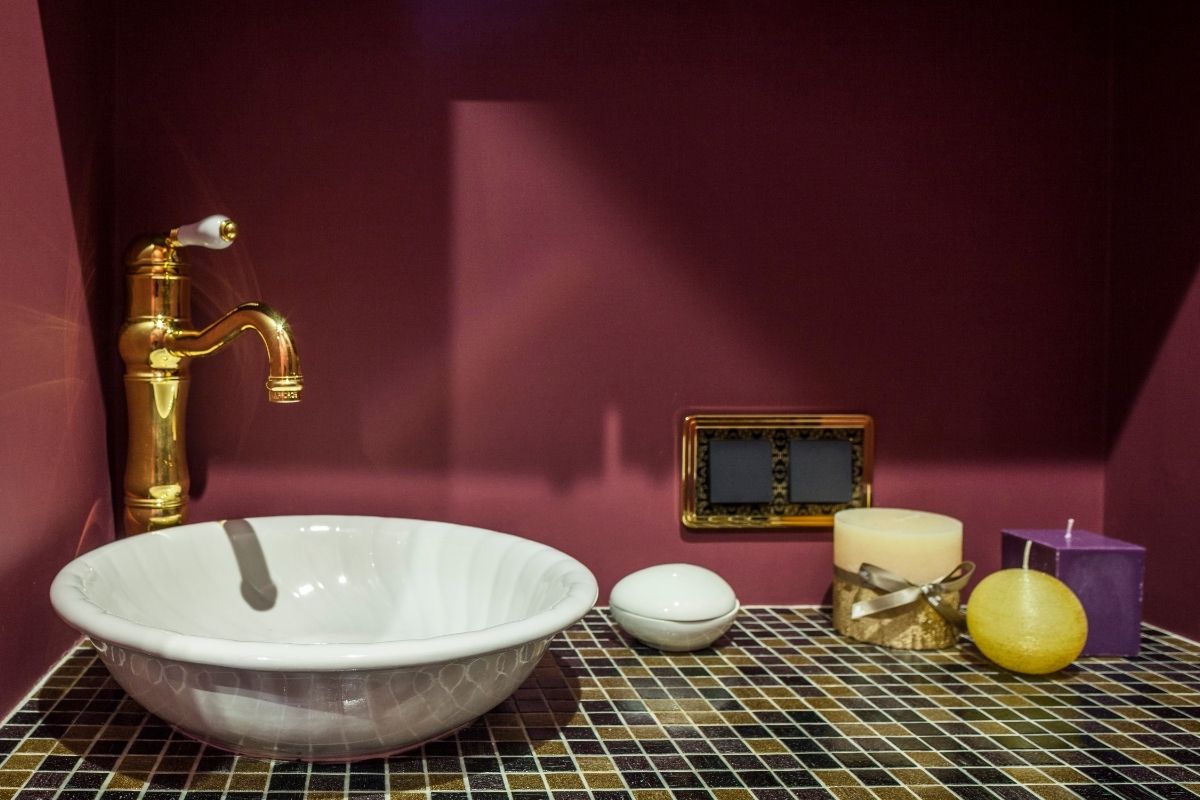

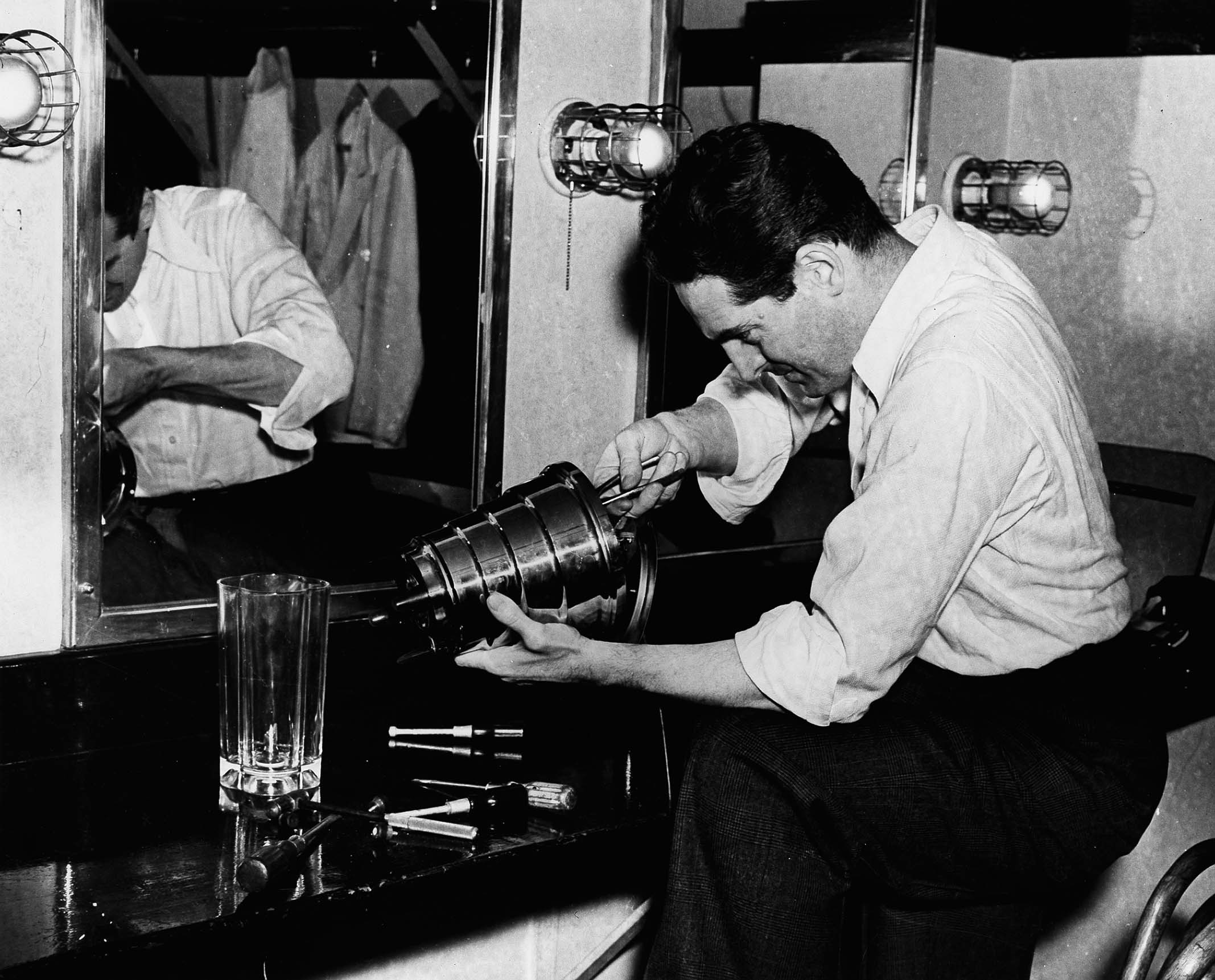





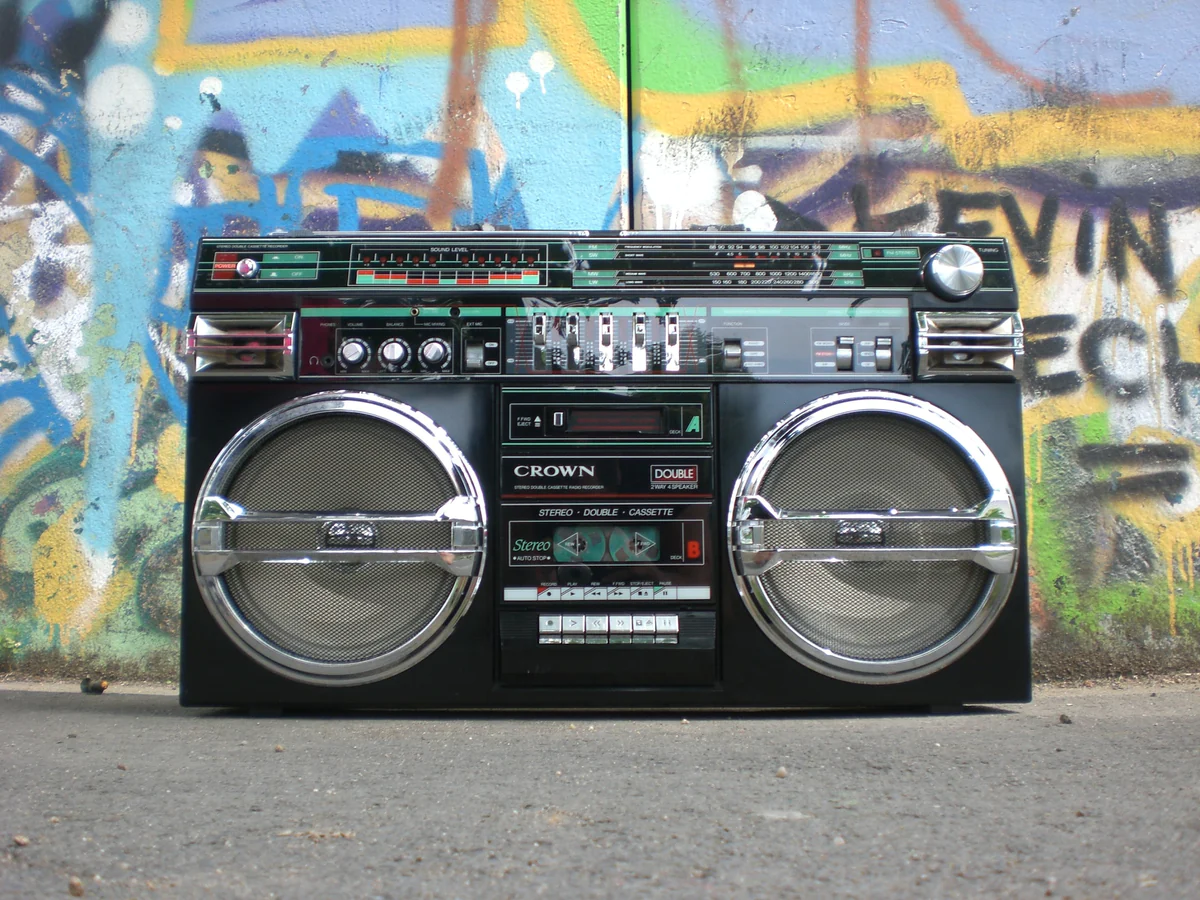


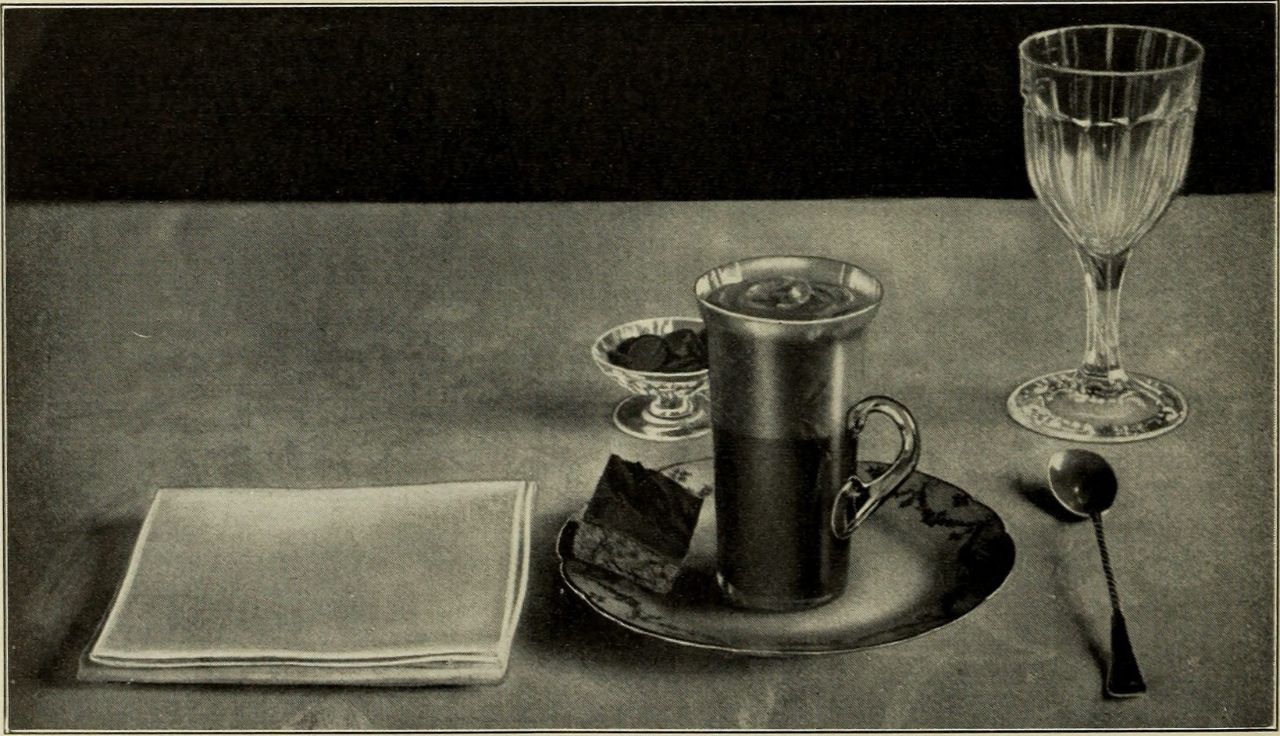

0 thoughts on “When Was The Chandelier Invented”